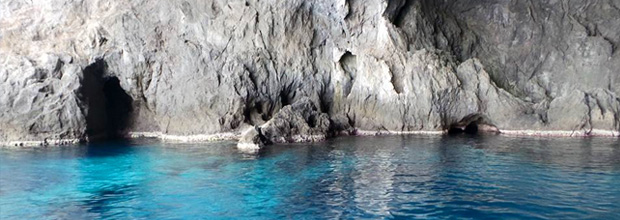SIGHTSEEING & ROUTES
Passing from the village Avlemonas the ship Mentor sank of Elgin in 1802, transporting the stolen sculptures of Parthenon. Most of the marbles have been pulled out from the bottom by divers from nearby areas.
In the village Potamos every Sunday for hundreds of years it happens regularly the famous market with many local and foreign products.
In Karavas there was an orange tree for the harvesting of which all the young people of the island climb to pick the oranges, while all the donkeys of the village for 2 - 3 days carried date to date the oranges to the beach in Platia Ammo to load for Piraeus.
There is in Fratsia a beautifully built stone symbol with a white marble plaque depicting two pairs of dolphins each headed in opposite direction, and o compass with the words "In remembrance of Migration Motherland dedicates".
The bridge in Katouni (Linadi area) is the largest stone made bridge in the Balkans.
In the place Paliokastro (the ancient capital) it is said that Menelaos, the famous king of Sparta, kept his summer palace and that it was there that Pares along Beautiful Helen found shelter after her abduction to enjoy their love.
In Amoutses (area near the airport) it has been found an entire hill, which according to a scientific opinion has fossils that their age exceeds the 9 million years.
Makrikythera, the island opposite Diakofti, was bought by the Association of Greek Literalists (1954) with the prospect to become a place of meeting of the Pan-Hellenic and international spirit.
Inside Paliochora, of the kastropoliteias of St. Demetrios -that was ruined from Barbarossa- they were around 70 Byzantine churches, while this Castle is considered to be the only Castle in Greece under a hill.
The religious element has and always had a separate place in the heart of the Kytherians wherever they may be. Their religious love and devoutness is proved from the number of churches in Kythera but also the built of many temples throughout Greece and abroad, places that the Kytherian element lives and prospers. The history of the four big Monasteries of the island is being introduced briefly.
The nunnery of Panagia Myrtidiotissa (west part of the island) was built firstly in 1857 (smaller temple) in the place that according the tradition a shepherd found the icon between bushes of myrtle (from which Virgin Mary was named after). Characteristic of the icon was the black color of the represented faces, Virgin Mary and Holy Infant. The day of celebration of the monastery is the 24th of September where a lot of people gather in the nunnery.
The Monastery of Agia Moni that is built on top of the mountain was built in 1840 after the icon of Virgin Mary was found by a shepherd between the bushes whom was looking for his lost sheep. This icon has the particularity from one side to represent Virgin Mary and from the other side St. George. According to the tradition the renovation of the nunnery was undertaken by Theodore Kolokotronis, when chased after by the Turks took shelter there. He made a vow to restore the monastery when Greece is free. He kept his promise.
St. Theodore was from Koroni and came to Kyhtera (from Monemvasia) to become a monk in 10th century. He lived in a small temple that is now built the Monastery. Byzantine soldiers that came into the island found the Saint that had slept at 12th of May 961 A.D. and his relics three years later intact. St Theodore has great importance for the island: He is considered to be life giving because when he came in Kythera it was a desert island.
The Monastery of Agia Elesa is built on top of a mountain that is 433 m. high with an impressive view. The nunnery was built in 1871 and the memory of Agia Elesa is been celebrated every 1st of August. The story of Agia Elesa is very touching. The Saint -she was originated from Peloponnese and was the daughter of an idolater official- disembarked secretly in Kythera, in Melidoni at 375 A.D. to be a nun after her denial to marry the young man her father wanted. Nevertheless her father unmoved pursued her in Kythera.
The Saint reached the top of the mountain where the Monastery is built and begged God to open the earth in order to hide from her father. So it happened: There was a crack in the mountain from where she climbed on top of the mountain. But her father was waiting for her right there. Agia Elesa suffered horrible tortures to deny her belief and follow her father. He whipped her and hanged her in a carob-tree until he finally decapitated her. The grave of Agia Elesa is located in the yard of the nunnery.
There are also other smaller temples with particular historical value like St. George in the mountain (where first Minoan sanctuary summit outside Crete was found), St. Nicolas the Krasas (for his construction they used wine instead of water), Virgin Mary the Orphan, St. Dimitris in Pourko (with his archaeological findings and the wall-paintings of the 12th century), the Saints Cosmas and Damianos and others.

View offers in selected studios and apartments in Kythera island
Find the perfect place for your accommodation in Kythera and enjoy your vacations in Greece